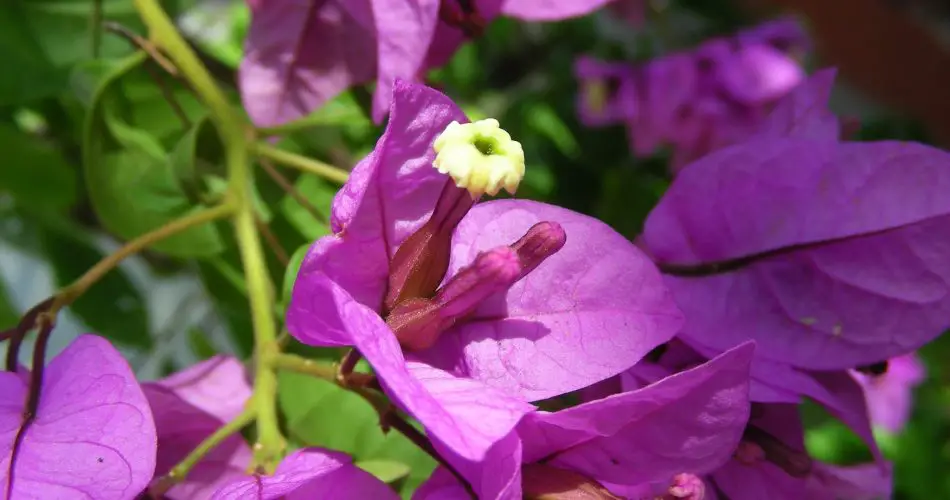Bougainvillea: A Burst of Colors for Every Space
Originally hailing from South America, bougainvillea has found a welcoming home in various climates, especially in coastal areas and the southern regions. This vibrant climbing plant, known for its flamboyant flowering, doesn’t shy away from adapting to potted environments on balconies. Discover the secrets behind nurturing a thriving bougainvillea, from its varieties and cultivation to the beauty it can bring to your outdoor spaces.
Introduction to Bougainvillea
Varieties and Species Bougainvillea, also referred to as bougainvillea or bougainvillea, stands out as a captivating climbing plant that graces fence walls and creates stunning flowering hedges. Remarkably, this tropical beauty can be cultivated in pots, bringing its vivid hues to your balcony. Named in honor of French explorer Louis Antoine de Bougainville, who discovered it in Brazil in 1768, bougainvillea boasts over 300 varieties with colors ranging from pink to fuchsia, magenta to purple, red to orange.
Cultivation and Care Bougainvillea’s Climbing Nature The climbing habit of bougainvillea makes it an excellent choice for pergolas or vibrant hedges. Some shrubby varieties are equally suitable for pot cultivation, adding a burst of color to your balcony. To encourage climbing, plant it near a support structure, allowing it to weave its way around and flourish.

Planting and Transplanting Cultivating bougainvillea can be achieved through seeds, seedlings, or cuttings. For successful propagation, choose a sandy and well-drained soil mix. After about three weeks of root development, transfer the plant to a larger pot or garden. Operations like cutting, sowing, or transplanting are best performed in spring when climatic conditions favor the plant’s life cycle.
Caring for Your Bougainvillea
Location and Temperature Bougainvillea’s Ideal Exposure Basking in the sun, bougainvillea thrives in tropical climates, tolerating temperatures exceeding 40°C. During winter, protection from temperatures below 10°C and shelter from cold winds are crucial. Coastal areas and southern regions are ideal for its natural habitat.
Soil and Fertilization Optimal Conditions for Growth Bougainvillea flourishes in fertile, well-drained, and low-limestone soil. Fertilize it with a balanced product for flowering plants containing nitrogen, phosphorus, potassium, and essential microelements. Liquid fertilizers, diluted every two to three weeks, provide the necessary nutrients.
Watering Striking the Right Balance While bougainvillea can withstand drought, regular watering is essential, particularly during its vegetative activity in summer. Avoid water stagnation to prevent root rot or asphyxiation. Monitoring the plant’s flowering and leaf retention helps gauge watering needs.
Flowering and Pruning Bougainvillea’s Colorful Display Flowering occurs in summer, showcasing vibrant colors when exposed to at least 5 hours of daily sunlight. Prune the plant at the end of winter, typically in February, to thin out foliage, remove dry branches, and promote robust growth.
Diseases and Parasites Resilience and Vigilance Bougainvillea is robust but susceptible to aphids. Combat aphids with broad-spectrum insecticides, especially if they carry the mosaic virus. Anticipate honeydew formation and mold growth in the presence of aphids.
Winter Care
Shielding Against the Cold Winter precautions are essential for bougainvillea’s well-being. For potted plants, position them in a wind-sheltered location and insulate from the ground’s cold with a layer of polystyrene. Mulch with straw or dry leaves to retain heat. In colder regions, indoor cultivation is recommended, and watering should be minimized to prevent damage.




